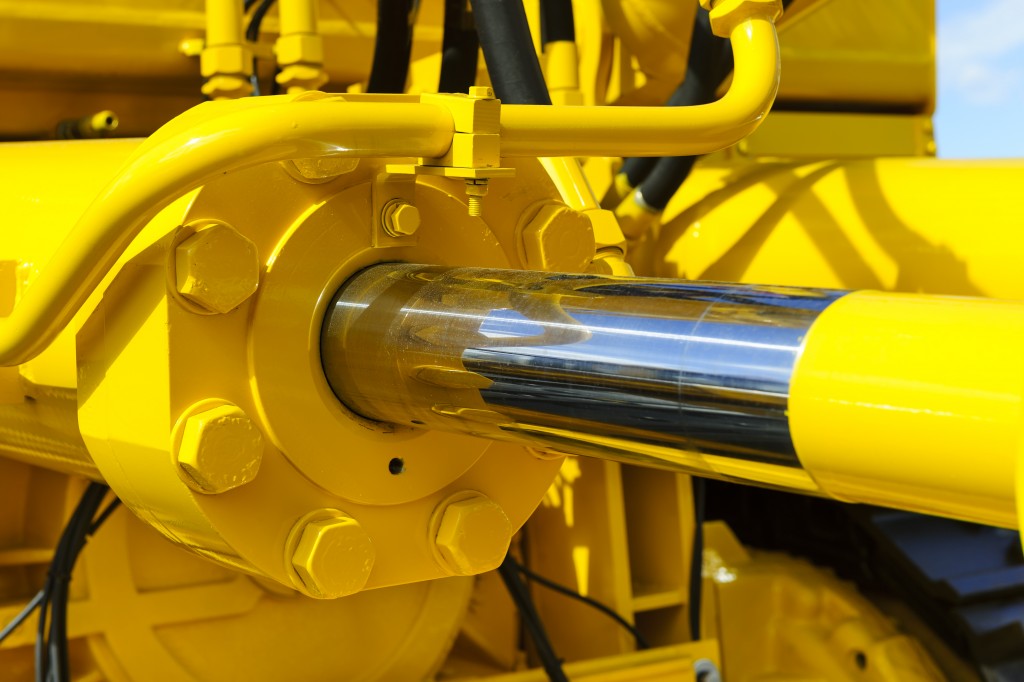Disclaimer: This website provides health information for educational purposes only and is not a substitute for professional medical advice, diagnosis, or treatment. Always seek the guidance of a qualified healthcare provider with any questions you may have.
Regardless of the type of hydraulic application you need, choosing the right components is one of the most significant factors that will affect your system’s performance. To help you make the best choices when it comes to hydraulic parts, here are some of the tips to keep in mind:
1. Don’t base decisions on price alone
Aside from price, there are a lot of factors that come into play when choosing the right parts for your hydraulic system. That said, don’t base your choices primarily on price. For example, when choosing hydraulic equipment in Australia, look at the most important factors (e.g. durability, function, quality of materials, etc.) before checking the price tag. This way, you won’t be biased with your decisions since you don’t know the prices yet.
2. Stay loyal to one supplier
As much as possible, find a supplier that provides a full range of hydraulic components so you won’t have to shop from supplier to supplier. When you buy from one source, there’s also a higher chance that you will get bulk discounts and loyalty benefits.
However, don’t just go with any supplier. Choose one that has proven reliable when it comes to availability, able to serve their clients in a timely manner when the need arises. If your work location is remote, your supplier should also be able to deliver goods and services at a reasonable transportation fee.
3. Select corrosion-resistant parts

Corrosion-resistant components are essential for hydraulic systems that are exposed to moisture, salt, debris, and harsh weather. Hydraulic systems that are used in an environment with these conditions quickly deteriorate when components are not corrosion-resistant, leading to malfunctions and even total system failure. Hence, when choosing equipment and parts for your hydraulic system, make sure they have some sort of anti-corrosion, such as plating technology or anti-rust coating.
4. Look for SAE-approved parts
Equipment and components that meet the standards of the Society of Automotive Engineers (SAE) have gone through testing to ensure optimal hydraulic system performance. To ensure that your hydraulic system will operate at its best, select parts that are SAE-approved.
5. Strive for performance improvement
After ensuring the quality, durability, and functionality of hydraulic parts, does it stop there? Of course not. Apart from these factors, it’s also important to consider innovation.
Does the supplier offer systems-approached engineering consultation? If they do, get this service so that you can have your system analyzed and inspected for points of improvement. After which, you can have engineers formulate solutions that will improve your system’s performance, efficiency, and longevity, among other crucial factors.
6. Know when to replace
For most types of equipment, including hydraulic systems, the same rule applies: if the repair bill costs at least 60-70% of a new part or equipment, it’s time to replace it.
Hydraulic systems play crucial roles in many industries, such as agriculture, manufacturing, and industrial. Needless to say, when one part of the system is faulty, it can affect the whole operation significantly.
To prevent this from happening, choose parts for your hydraulic system carefully. Not only can you ensure efficiency with these tips, but you can also be more cost-effective.




